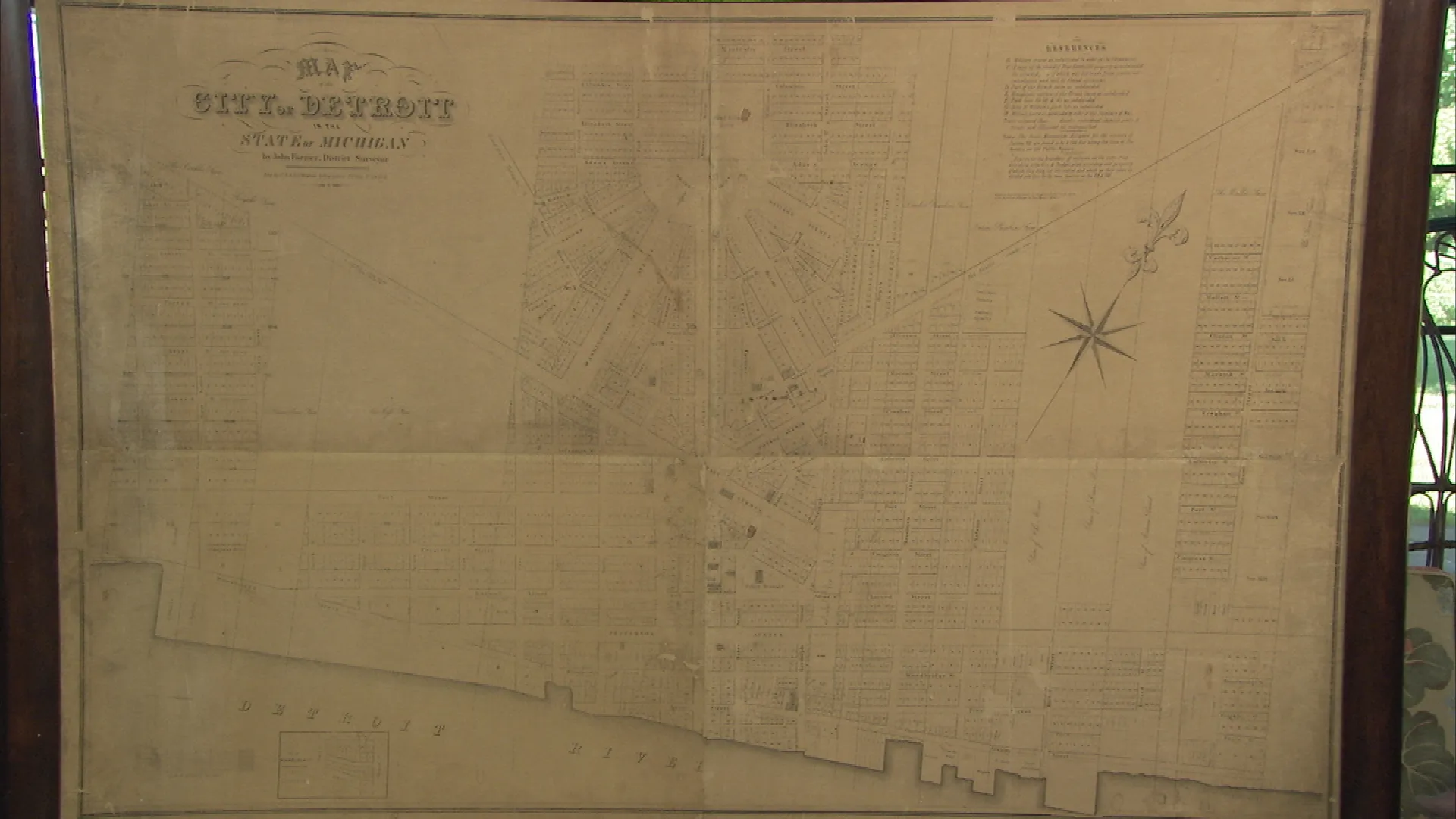1700 Cornelis Danckerts World Map
GUEST: It was originally, uh, owned by my grandmother, and I remember in the '50s, uh, it, it looked old back then. (laughs) And she had it, uh, in her apartment in New York City. And when she moved to an assisted living type of place in the '80s, she couldn't bring most of her stuff.
APPRAISER: Aw.
GUEST: And I'd always loved it, so I asked if I could have it. Um, just got a, a couple of pieces of artwork from her, and, uh, but nobody in the family ever really knew where it came from.
APPRAISER: Mm.
GUEST: So, uh...
APPRAISER: Well, your grandmother had very good taste, because this map is a Baroque masterpiece.
GUEST: Hm.
APPRAISER: It's absolutely wonderful and it's very unusual. Even the title itself is, is not easily translatable. It's something like "New World Play." The projection is unusual. It's, it's a equidistant polar azimuthal projection.
GUEST: (laughs): I will take your word...
APPRAISER: Which is hard to say.
GUEST: ...your word for that.
APPRAISER: Um, it's sort of, to, to put it another way, it's sort of i, imagining the world, showing the world like an orange peel.
GUEST: Mm-hmm.
APPRAISER: So that there's no one country given priority.
GUEST: Sure.
APPRAISER: And it's a wonderful way to look at the world. And in fact, can you think of an organization that uses this projection today to represent themselves?
GUEST: The United Nations.
APPRAISER: The United Nations, exactly-- it, it... It's, it's the, one of the most neutral ways to look at the world. Your map is a second edition of this map. So, uh, and we know this because yours is by Cornelis Danckerts, down on the bottom here.
GUEST: Okay.
APPRAISER: Now, he's a Dutch geographer and an engraver, and once he puts his name on the map, that means that it was printed in the year 1700.
GUEST: Wow. (laughs)
APPRAISER: So it's very old. Um, so, yes, the first edition was 1696.
GUEST: Okay.
APPRAISER: Around the map are, uh, the 24 hours in the day, and then surrounded by that are the months of the year.
GUEST: Oh, okay.
APPRAISER: So that adds to the beautiful design. Geographically, there are some fabulous facts, such as here, uh, New Netherlands is the name for New York, so you can see the Dutch land claims. California is depicted as an island...
GUEST: (laughs)
APPRAISER: ...which is very beloved for collectors. And the design or the cartouche around the title is unusual, too. Normally, during the 17th century, the four corners would be shown to represent the rest of the world.
GUEST: Okay.
APPRAISER: Here, what we have is, the four continents are all hanging out in a garden together...
GUEST: Huh.
APPRAISER: ...on both sides. So, instead of prioritizing what colonists or who's ever designed the map...
GUEST: Sure.
APPRAISER: ...they're all down here in this lush garden. On top, we've got mythological scenes, possibly Hera with her peacock. So it's representing the sky, and it could be Zeus on the other side.
GUEST: Okay.
APPRAISER: So in this case, Cornelis Danckerts asked, uh, Jacob Harrewyn to do the design. So that's why it's so artsy and unique.
GUEST: Ah.
APPRAISER: No other map I've seen from this period has this sort of Heavens and then all of the rest of the Earth hanging out in the bottom garden. On top of that, you have what I would conjecture is to be the original coloring. So that it was painted when it was engraved.
GUEST: Wow.
APPRAISER: And we know this from the wonderful blues. The blue is likely lapis lazuli, which is very hard to get. It came from Afghanistan.
GUEST: Mm-hmm, wow.
APPRAISER: So you have fabulous engraving, incredible etchings by an artist, hand-coloring possibly by the mapmaker or the artist. And that's what brings your map into the realm of masterpiece.
GUEST: Wow. (laughs)
APPRAISER: So it, it is a multiple. There were many made. However many are left in the world, we don't know.
GUEST: Oh, that's great.
APPRAISER: Do you have any idea what your grandmother paid for it?
GUEST: No, I... Not a clue-- not a clue, I...
APPRAISER: Okay. People didn't keep receipts back then.
GUEST: Certainly not.
APPRAISER: And there's nothing on the back.
GUEST: No.
APPRAISER: In a retail setting...
GUEST: Mm-hmm?
APPRAISER: ...I would put a value on it of between $10,000 to $12,000.
GUEST: Okay, wow. That's wonderful.
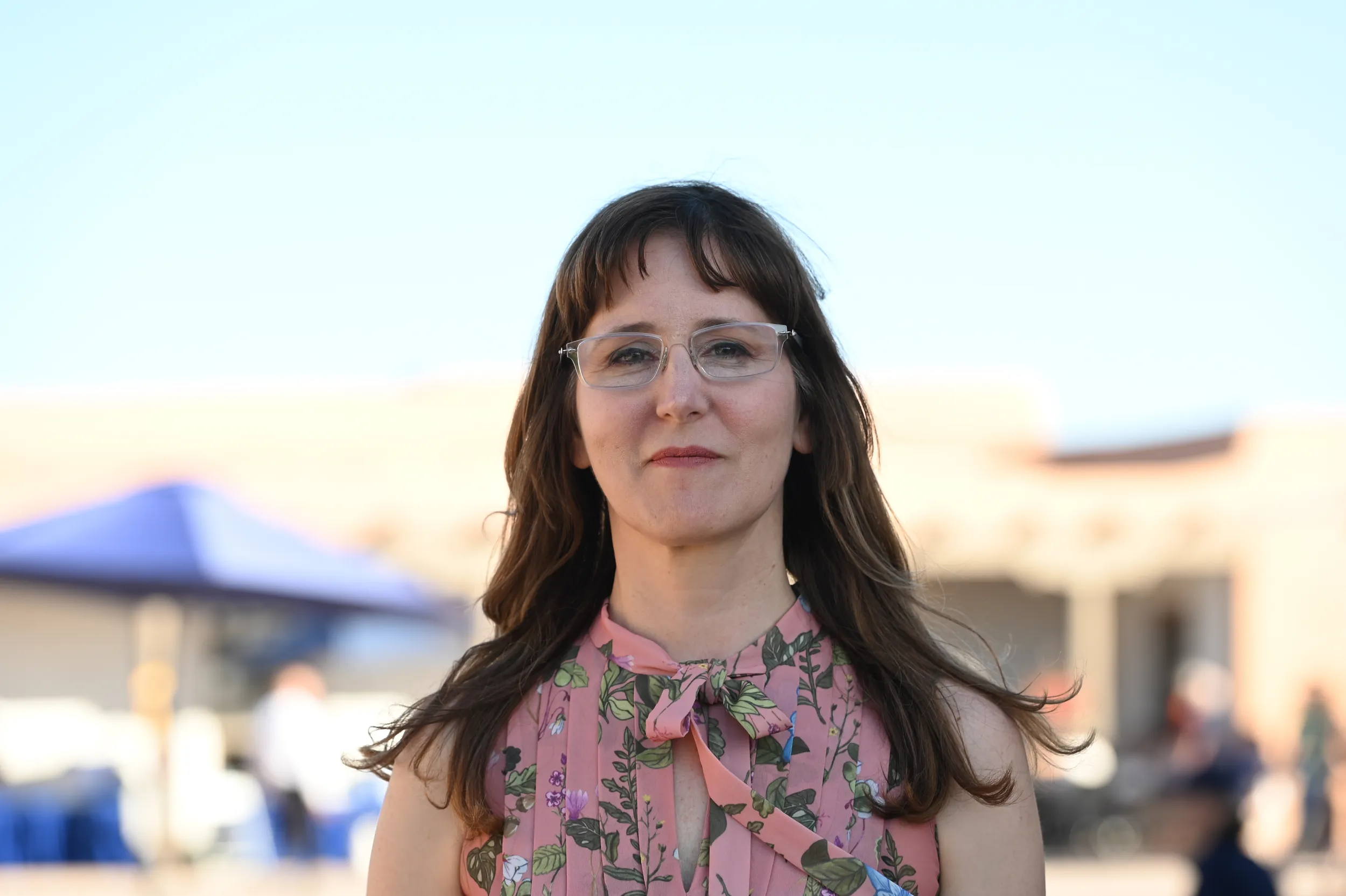
$10,000 - $12,000 Retail
Featured In
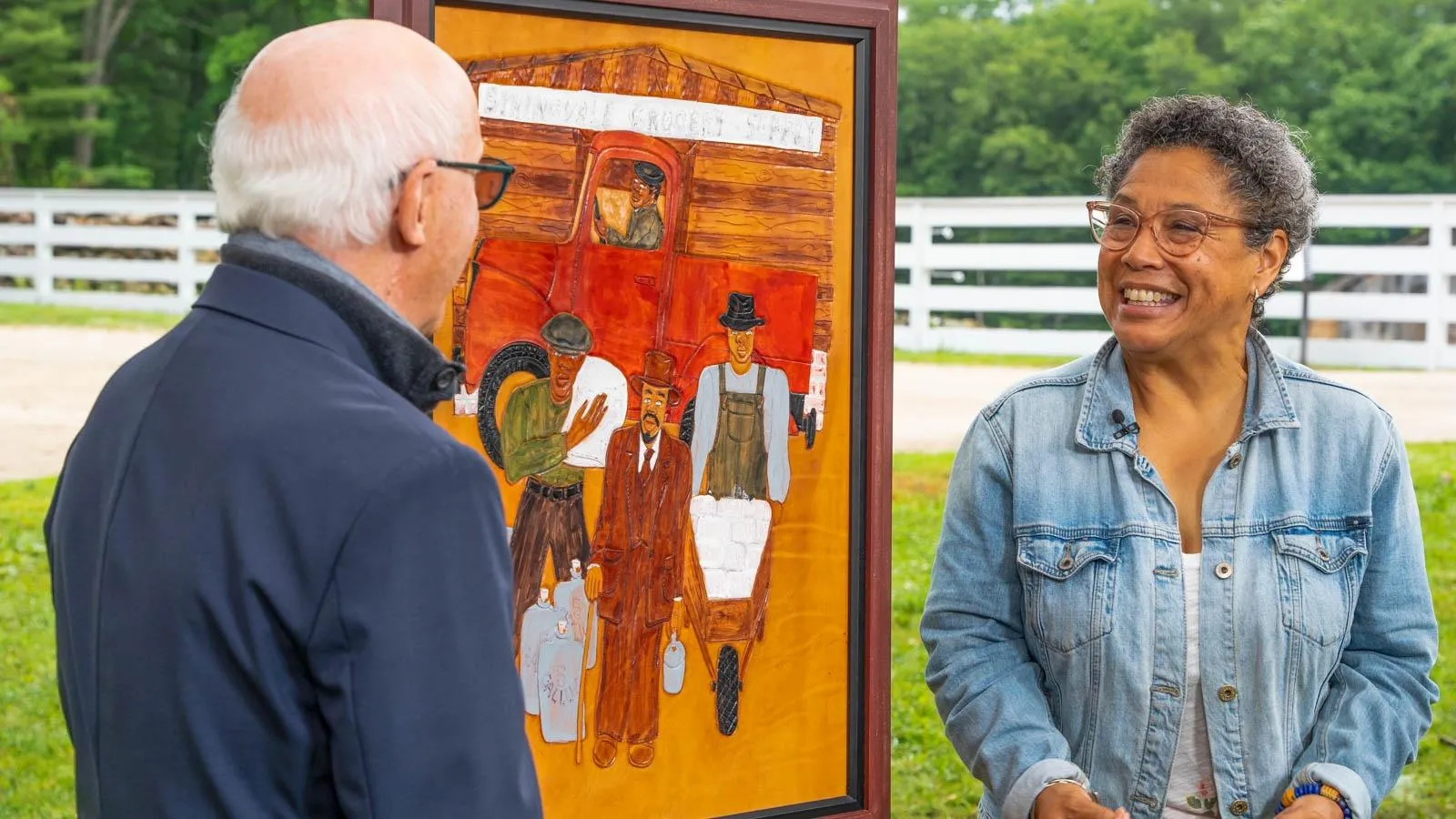
episode
Old Sturbridge Village, Hour 2
Old Sturbridge Village brings in new remarkable finds. One is $100,000 to $125,000!
Map
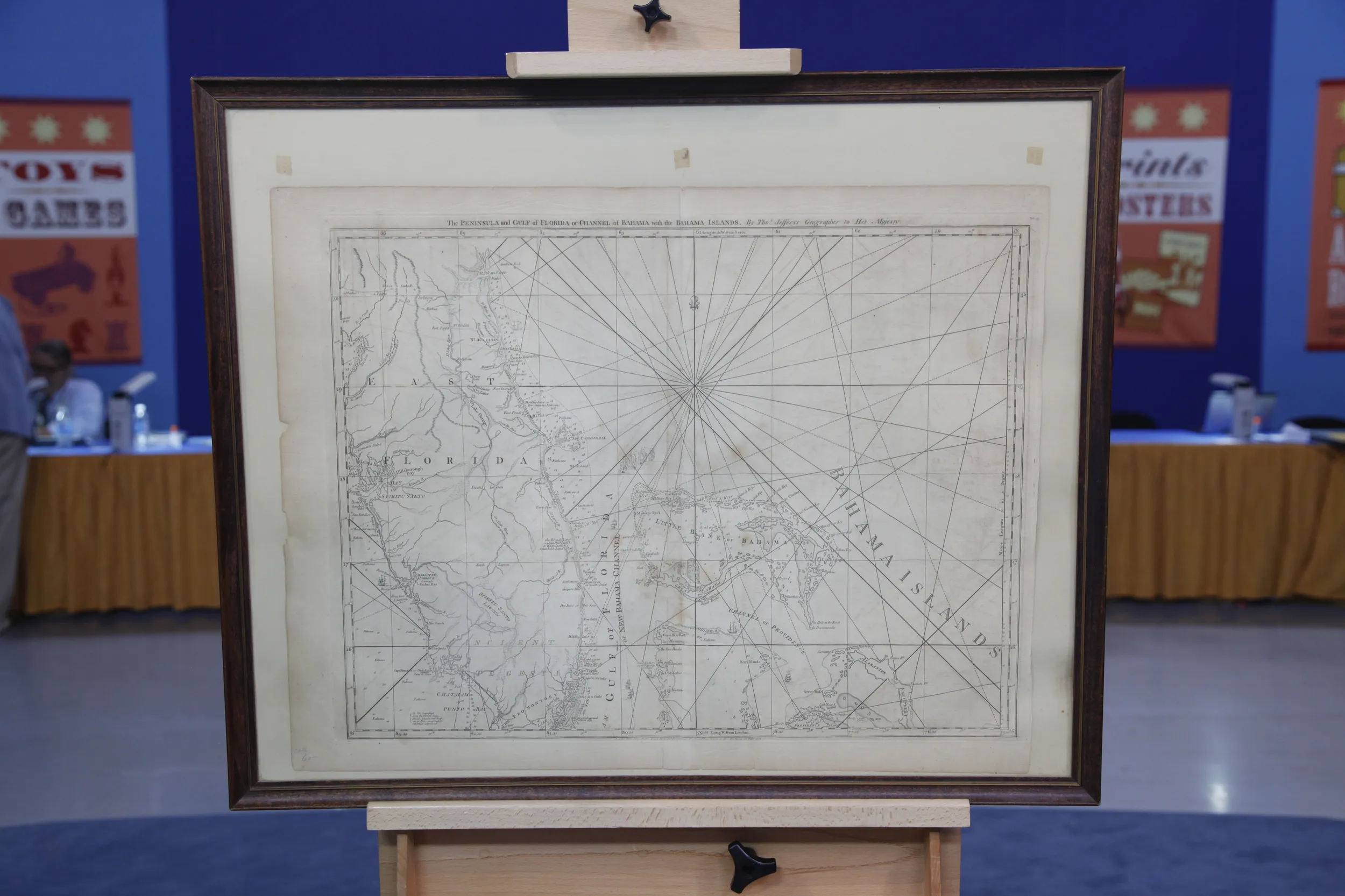
appraisal
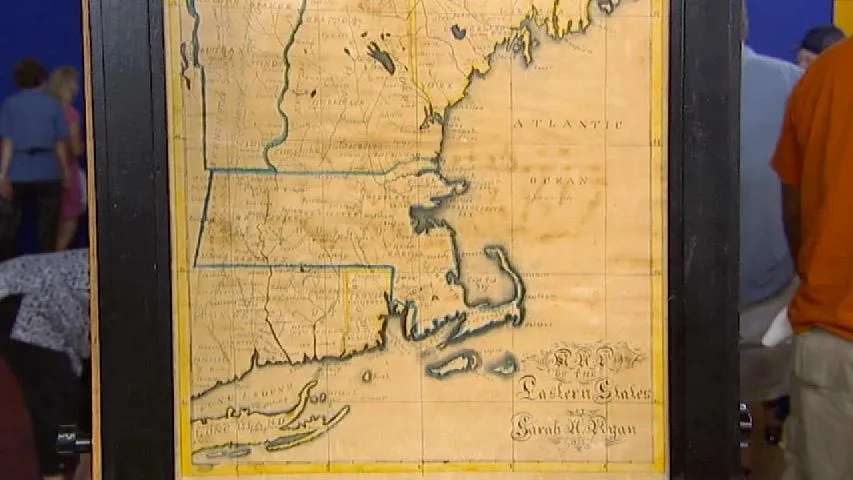
appraisal
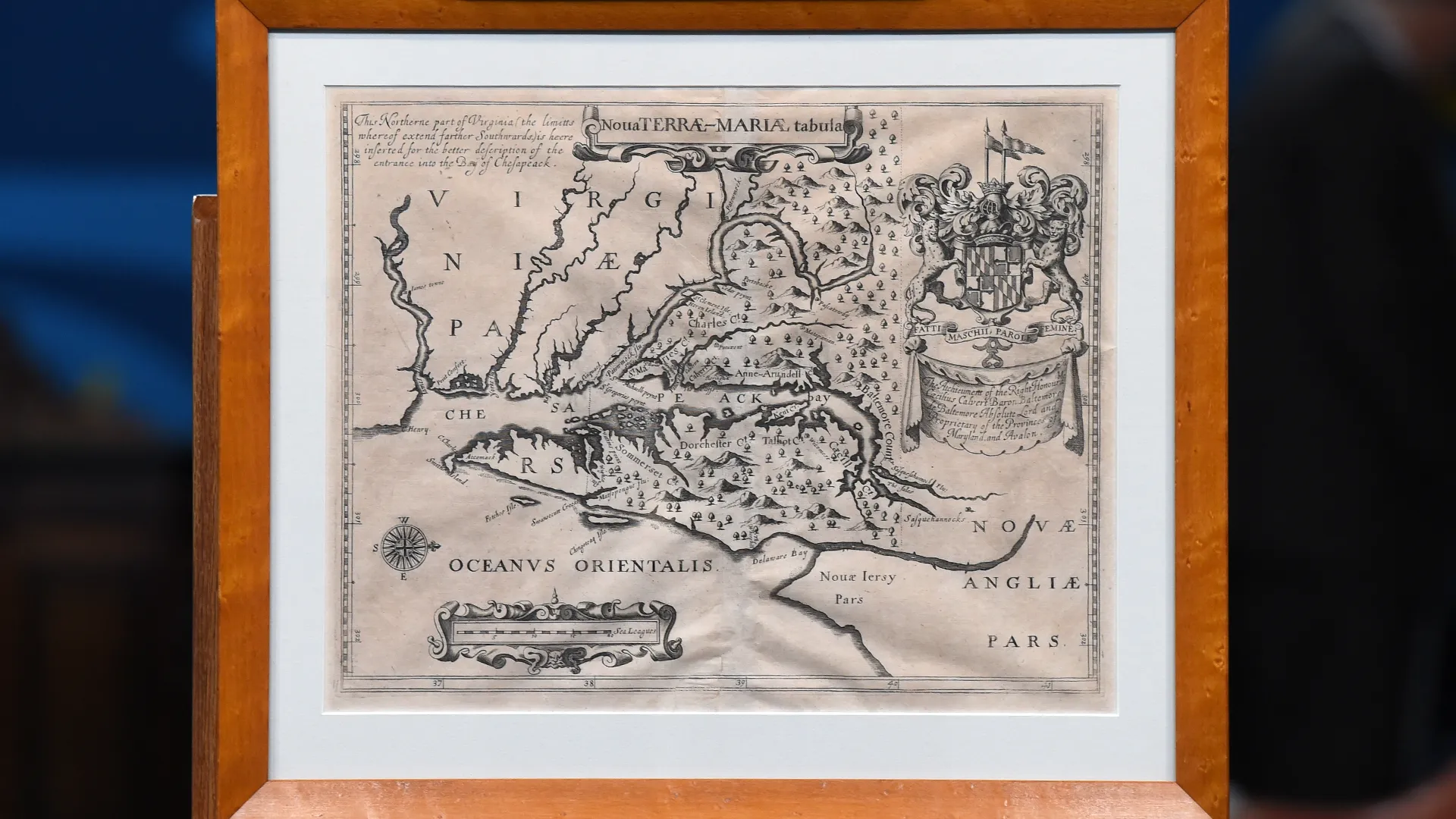
appraisal
Understanding Our Appraisals
Placeholder
